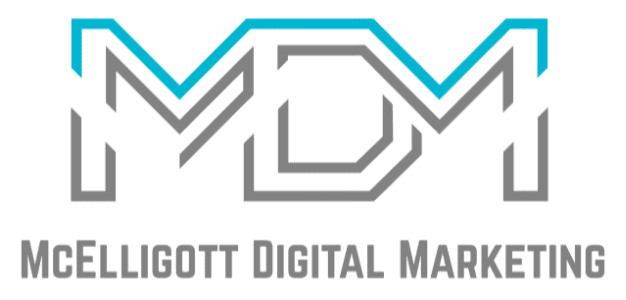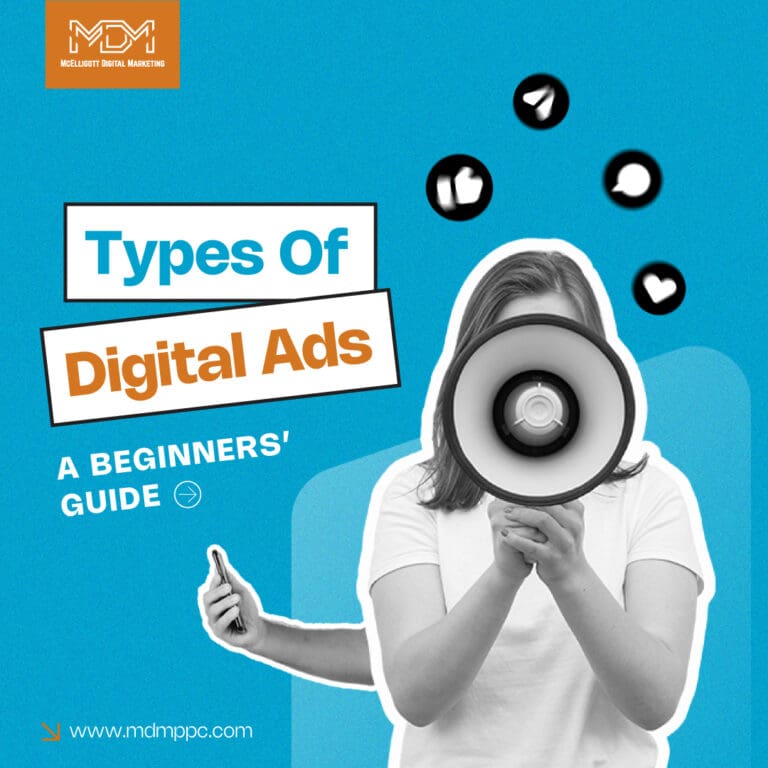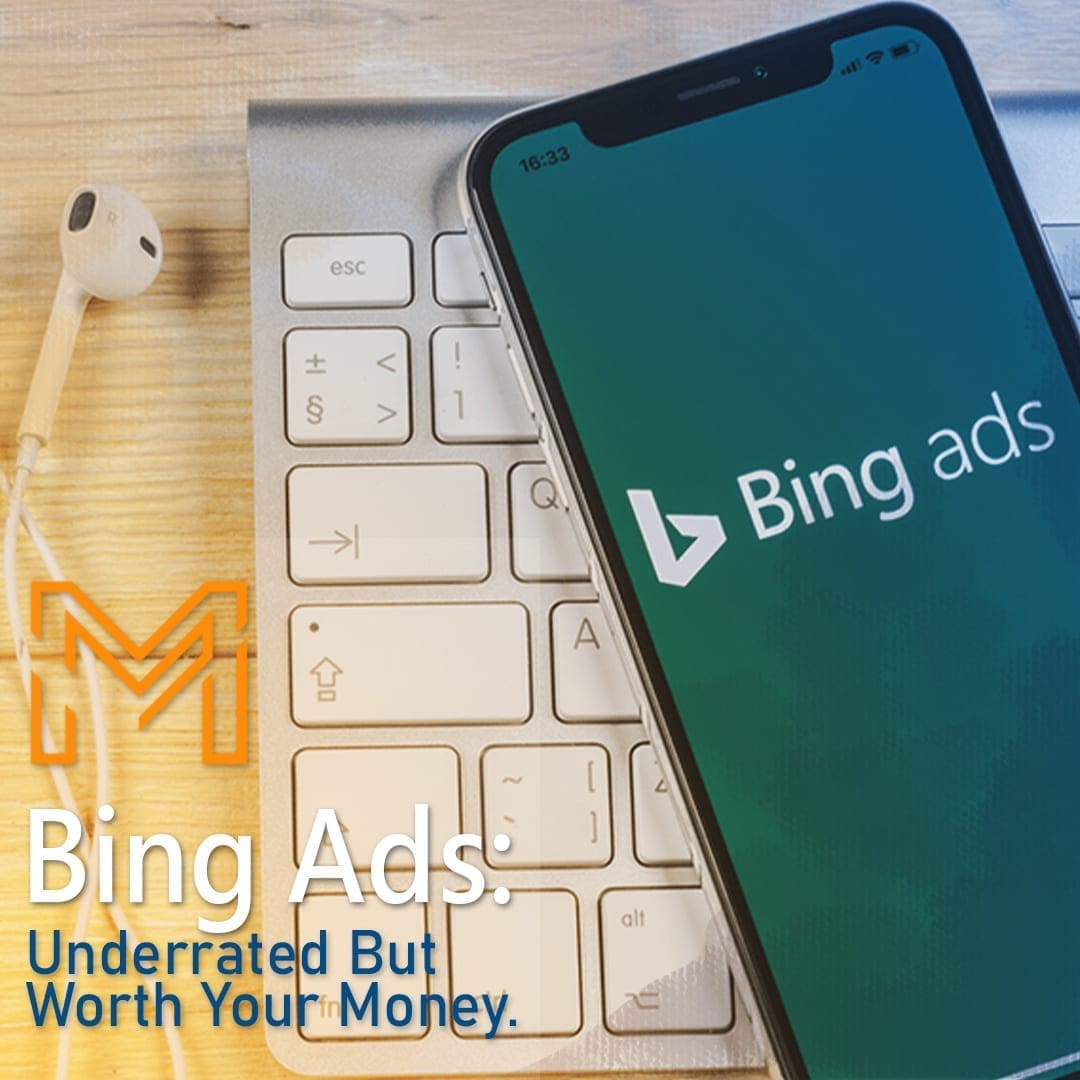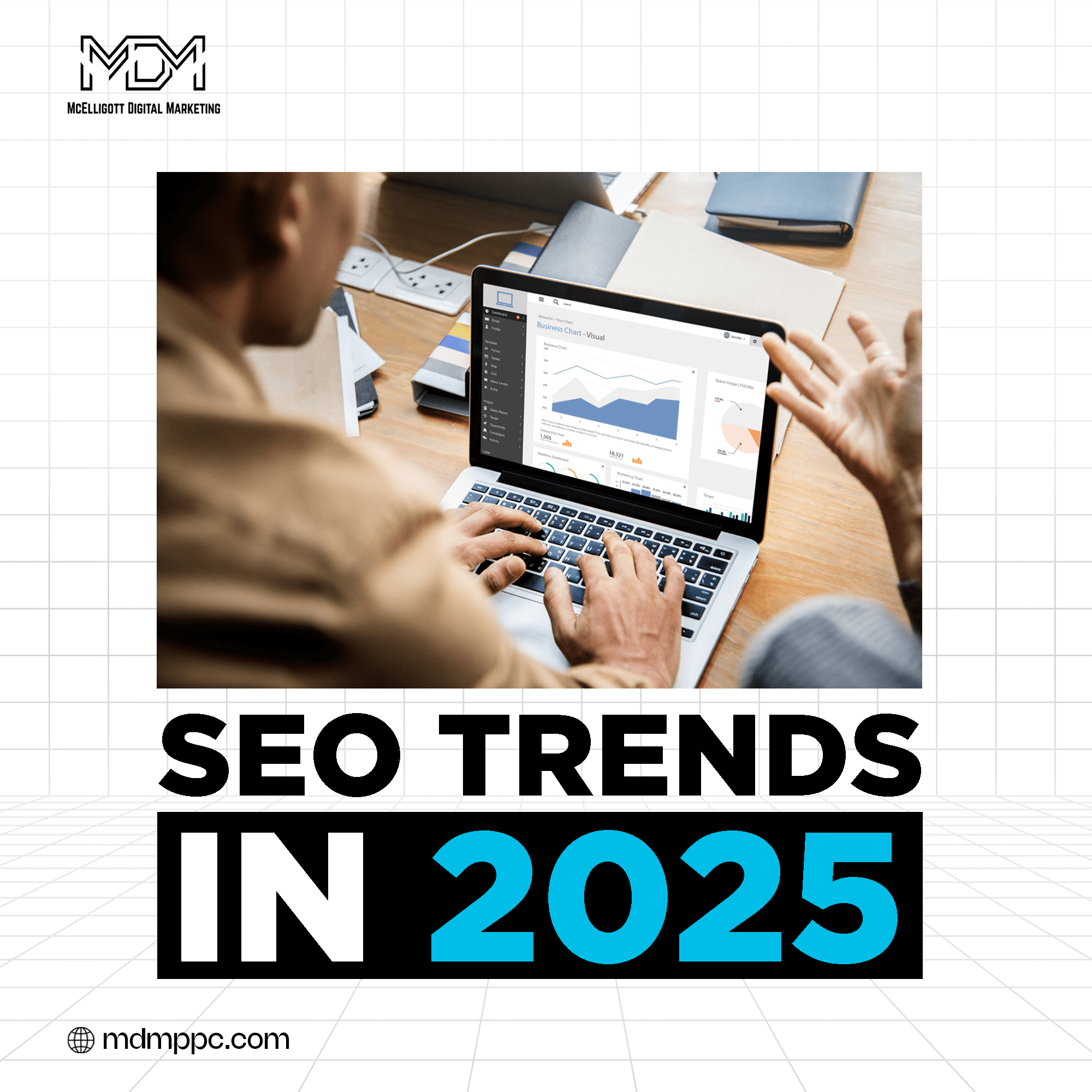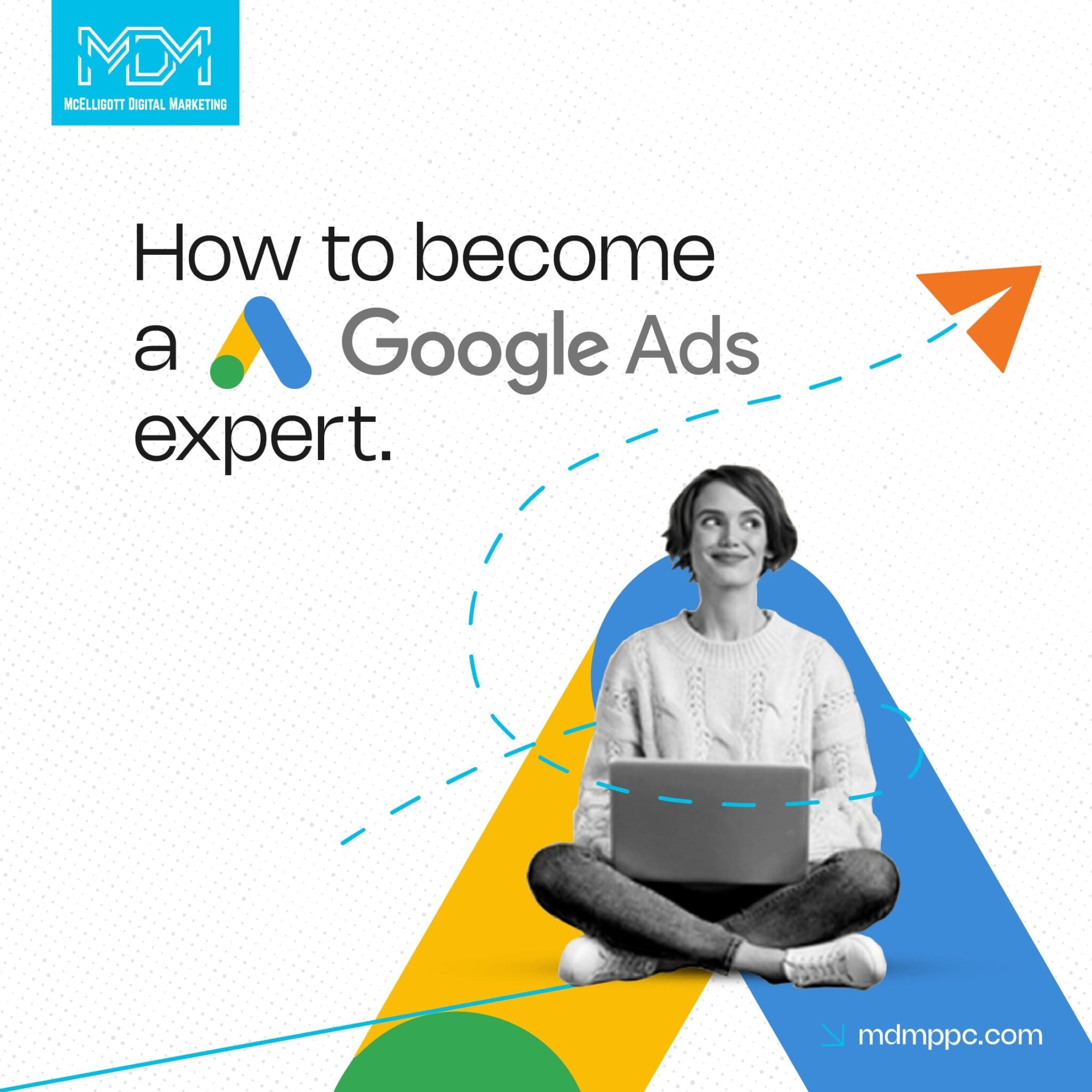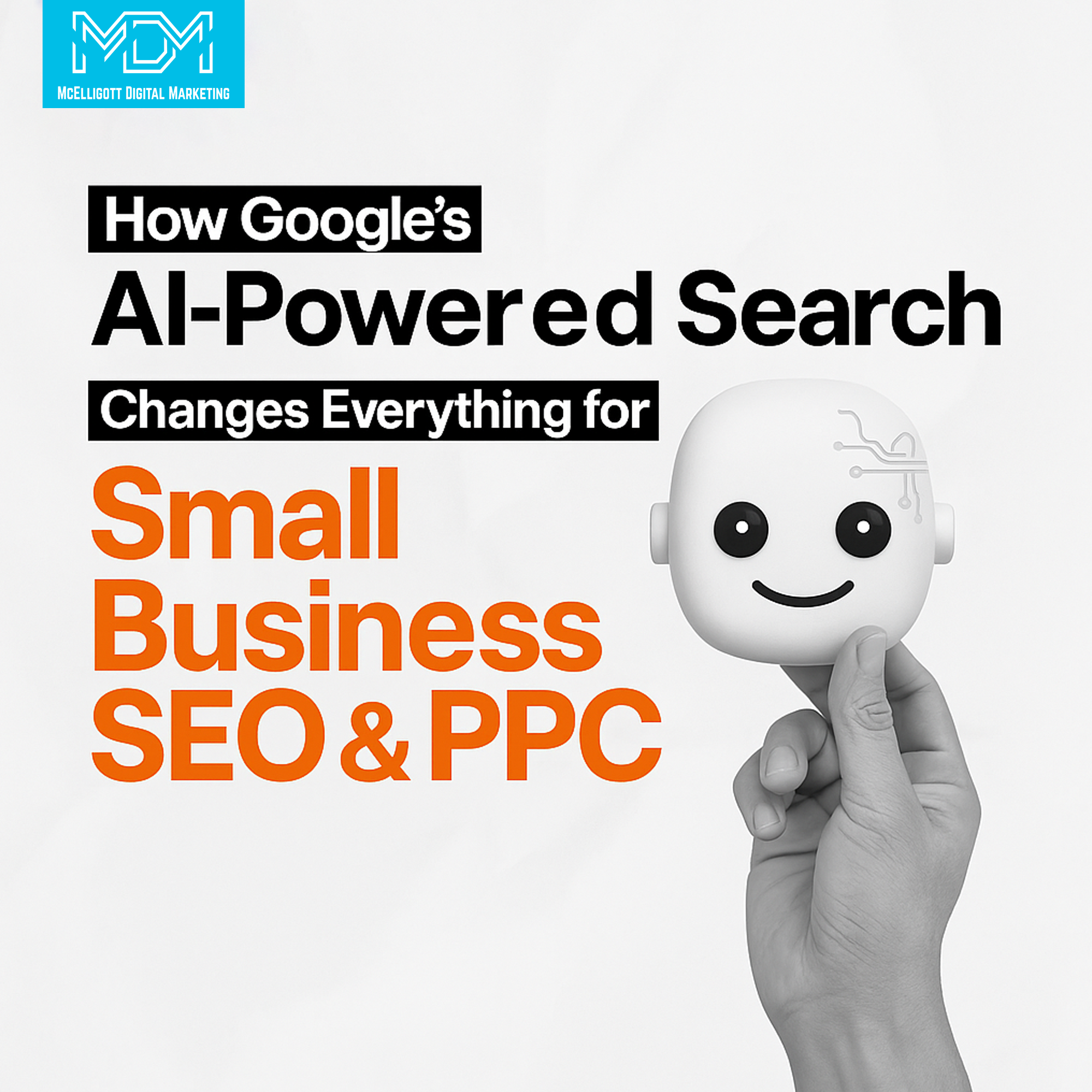Digital ads are similar to the commercials you see on TV, but rather than TV, they appear on the Internet. These ads help businesses promote their products and services to internet users when they are online.
The digital world is always changing as new ideas and technologies from developers keep updating digital advertising. If you own a business, no matter its size or scale, or manage marketing, it’s important to know about different types of digital ads and how they can help your brand.
In this blog, you’ll learn about the different types of digital ads used by marketing agencies like display ads, PPC (pay-per-click) ads, mobile ads, retargeting/remarketing, video ads, social media ads, and native advertising.
What is digital advertising?
Digital ads are promotional messages from businesses and brands delivered to people through the internet and digital devices. They work by targeting specific audiences based on their online behavior, interests, and demographics. When a person browses the web, uses a search engine, or scrolls through social media, digital ads appear in various forms like text, images, or videos.
Digital ads rely on data collected from users’ online activities. For example, if you often search for fitness equipment, you might start seeing ads for running shoes or gym memberships.
Advertisers use algorithms to match their ads with the right audience, maximizing the chances of engagement and conversion.
The goal of digital ads is to drive conversions, which could be a sale, a sign-up, or a download.
When a user clicks on a digital ad, they are directed to a website or a landing page designed to convert visitors into customers. The effectiveness of digital ads is measured through metrics like click-through rates (CTR), conversions, and return on investment (ROI). Advertisers analyze these metrics to optimize their campaigns to achieve better results.
Benefits of digital ads for businesses
Digital ads involve billions of money invested every year to target consumers globally because of the benefits it offers to businesses. Here are the benefits of digital ads:
1. Targeted advertising
Businesses can reach their target audiences based on demographics, interests, and online behaviors, ensuring the most relevant customers see their ads.
2. Cost-effective
Digital ads are more cost-effective than traditional advertising methods, as businesses can control budgets and optimize spending.
3. Measurable results
You can track performance metrics like clicks, impressions, conversions, and ROI of your digital ads in real-time, and make data-driven decisions.
4. Wide reach
Digital ads can reach a global audience, expanding the storefronts of businesses.
5. Engagement and interaction
Digital ads enable direct interaction with the audience, such as through clickable links, call-to-action buttons, or social media engagement.
6. Flexibility and adaptability
It’s easy to adjust digital ad campaigns based on performance data, allowing for changes in responses to market trends and consumer behavior.
7. Enhanced brand awareness
Most people don’t know this but consistent and strategic digital advertising helps build brand recognition and helps in the SEO in the long term.
Different types of digital ads
Based on the types of digital advertising campaigns and their goals, we can divide them into 6 digital advertising categories.
- Search Engine Marketing (SEM)
- Display Ads
- Social Media Ads
- Native Advertising
- Video Ads
- Email Marketing
Now let’s understand the digital ads falling under each category.
1. Search engine advertising or Search Engine Marketing(SEM)
Search ads appear at the top or bottom of search engine results when people search for specific words. They match what people are looking for, making them effective in driving traffic to a website.
Using Google AdWords management can help improve your search ad campaigns and reach the right audience.
- Text Ads
Text ads are simple and crisp, consisting of a headline, a URL, and a short description. They appear at the top or bottom of search engine results pages (SERPs) when users enter relevant keywords.
Example-
When you search for “best coffee maker” on Google, you might see a text ad at the top of the page.
- Shopping Ads
Shopping ads display detailed information about specific products, including images, prices, and merchant names. These ads appear in a separate section on SERPs and are very useful for e-commerce businesses.
Example-
A search for “running shoes” on Google shows shopping ads with pictures of various running shoes, their prices, and links to the retailers’ websites.
- Local Services Ads
Local services ads connect local consumers with local professionals for services such as plumbing, electrical work, cleaning, and more. These ads too appear at the top of search results and include business information and reviews.
Example-
If you search for “plumbers near me,” you can see local service ads.
- Dynamic Search Ads
Dynamic search ads automatically generate ad headlines and landing pages based on the content of your website. They are suitable for businesses with large inventories or frequently changing content.
Example-
For a website selling various electronics, a dynamic search ad is generated when a user searches for “latest smartphones”.
2. Display ads
Display ads are digital ads that appear on websites within the Google Display Network or other ad networks. They are designed to attract users’ attention and drive them to take action, such as visiting a website or making a purchase.
If you’re considering display ads, you should compare Taboola vs Google ads to determine the best fit.
- Banner Ads
Banner ads are a type of display ad that appears in rectangular formats on web pages. They can be static images, animated graphics, or interactive elements.
Banner ads are placed at the top, bottom, or sides of a webpage, making them highly visible to users.
Example-
If you run a travel agency, you could create a banner ad giving a special discount on holiday packages to tropical destinations. This ad might show up on a popular travel blog or news website.
- Rich Media Ads
Rich media ads are interactive ads that often include multimedia elements such as video, audio, animation, and interactive features. These ads engage users more deeply and provide a more immersive ad experience.
Example-
Suppose you manage a car dealership. You can create a rich media ad that allows users to virtually explore the interior and exterior of your latest car model. Users can click on different parts of the car to see detailed views, watch a video of the car in action, or even schedule a test drive directly from the ad.
- Pop-Up Ads
Pop-up ads appear in a new browser window or within the current window, over the content the user is viewing. These ads are designed to grab the user’s attention immediately.
While they can be effective, pop-up ads are sometimes annoying to the users.
Example-
If you run an e-commerce site, you can use pop-up ads to promote a limited-time discount or special offer. When a user is about to leave your site without making a purchase, a pop-up ad could appear giving them a 10% discount if they complete their order within the next 10 minutes.
3. Social media ads
- Image Ads
Social media image ads use a single, high-quality image to get users’ attention and convey a clear message. The image is followed by a short caption or description and a call-to-action (CTA) button.
Example-
If you own a coffee shop, you can create an image ad on Instagram showing a beautifully crafted latte. You can add a caption like “Start your day with our special lattes!” and a “Visit Us” button.
- Video Ads
Video ads use engaging video content to promote products or services. They can vary in length and are popular on platforms like Facebook, Instagram, YouTube, and TikTok.
Example-
If you have a skincare brand, you can feature a model with a video of the application and benefits of a new moisturizer. The video could include customer testimonials and a CTA like “Shop Now” on Facebook and Instagram.
- Carousel Ads
Carousel ads allow you to showcase multiple images or videos in a single ad that users can swipe through. Each card can have its link, making them ideal for highlighting different products or features.
Example-
If you own a furniture store, you can run a carousel ad on Facebook to display different items in a living room set. Each card can feature a sofa, coffee table, rug, and lamp, with a “Learn More” button linking to the product pages.
- Stories Ads
These are full-screen vertical ads that appear when you’re swiping through stories on platforms like Instagram, Facebook, and Snapchat. These ads are short, engaging, and fit into the user’s viewing experience.
Example-
If you run an online clothing store, you could create ‘stories’ ads to show new outfits. Each ad can highlight a different outfit, styled and presented with a “Swipe Up” CTA directing users to your store.
- Collection Ads
Collection ads combine a cover image or video with several product images below. When users click on the ad, they enter an immersive shopping experience without having to leave the social media platform.
Example-
If you sell home decor, you can create a collection ad on Facebook, showing a video of a beautifully decorated room followed by images of items like vases, cushions, and wall art. Clicking on any item allows users to view details and purchase directly within the platform.
- Message Ads
Message ads are personalized ads that appear directly in users’ messaging apps, such as Facebook Messenger or LinkedIn Messages. These ads include a direct call to action.
Example-
If you offer an online course, you can use LinkedIn message ads to reach out to professionals in your target industry. You can offer a free consultation and invite users to reply to schedule a session.
4. Native advertising
Native ads are paid ads that match the look, feel, and function of the content around them. These ads blend in naturally with the surrounding content, making them less intrusive to the users and more likely to be noticed and engaged with.
- In-Feed Ads
In-feed ads appear within the content feed of a website or social media platform, mimicking the style and format of the organic content around them. These ads look like regular posts, so they don’t disturb the user experience.
Example-
If you run a travel agency, you can place an in-feed ad on a travel blog or social media feed like Facebook. The ad can feature a stunning image of a popular destination, such as the Mallorca, with a headline like “Discover Paradise in the Mallorca – Book Your Trip Today!” and a link to your booking site.
- Promoted Listings
Promoted listings appear in a list of products or services, often on e-commerce sites or classified platforms. The ads look similar to organic listings but are given top placements to increase visibility.
Example-
Online electronics stores can use promoted listings on a site like Amazon or eBay to feature the latest smartphones. The promoted product would appear at the top of search results for “smartphones,” marked as a sponsored item but styled like other product listings.
- Recommendation Widgets
Recommendation widgets show as suggested content or recommended articles, at the end of articles or in the sidebar of websites. These ads look like part of the website’s content, presented as “You Might Also Like” or “Recommended for You.”
Example-
If you manage a health supplement company, you can place recommendation widget ads on health and wellness blogs. After reading a post, they can see a widget suggesting related content like “Top Supplements for Boosting Energy” with a link to your product page.
5. Video ads
Video ads use video content to engage viewers. You can run video ads on various platforms, including social media, websites, and streaming services.
- In-Stream Ads
In-stream ads play before, during, or after other video content. You can see them on platforms like YouTube and they can be either skippable or non-skippable.
Example-
If you own a software company, you can create a short in-stream ad that plays before a popular tech review video on YouTube.
- Out-Stream Ads
Out-stream ads show up outside of traditional video content, such as within articles or on social media feeds. These ads play automatically when they come into view and stop when you scroll past.
Example-
If you run a fitness store, you can run an out-stream ad showing the use of a new treadmill. This ad might appear within a health blog article or as users scroll through their Facebook feed.
- Overlay Ads
Overlay ads are small, semi-transparent ads that appear on top of video content. They appear in the lower portion of the video and can include text, images, or interactive elements.
Example-
Chefs use overlay ads on cooking tutorial videos. As viewers watch the video, a small overlay ad appears at the bottom, promoting special deals and offering a link to the online menu.
6. Email marketing
Email marketing is a powerful digital ad type where businesses send emails to their subscribers to promote products, services, or valuable content. It’s a direct way to communicate with potential and existing customers.
- Promotional Emails
Promotional emails drive sales, sign-ups, or other actions by offering discounts, special offers, or exclusive deals. These emails are time-sensitive and seek immediate action.
Example-
If you own an online bookstore, you can send a promotional email to your subscribers offering a 20% discount on all bestsellers for a limited time.
- Newsletters
Newsletters are regular emails sent to subscribers to update them about company news, industry events, and valuable content. They help build a relationship with the audience rather than pitching for sales.
Example-
If you run a fitness center, you can send a monthly newsletter to your members on workout tips, healthy recipes, upcoming classes, and success stories from other members.
Conclusion
At McElligott Digital Marketing, we work out these questions with our clients to decide on the types of digital ads they should invest in.
- Their campaign goals.
- How soon do they expect an ROI?
- Their budget.
If your goals don’t match your expected ROI and budget, your campaign won’t work. Similarly, if your ROI doesn’t fit your strategy, you’re in trouble from the start. And if your budget doesn’t support your approach, you can’t expect good results.
That’s why we use a mix of different digital ad strategies, like a combination of organic and paid media.
Investing in digital ads can help grow your business, get more customers, and boost sales in many ways.
If you’re looking for a Google ads consultant to create a personalized ads strategy for you, McElligott Digital Marketing is here to help.
Book a FREE consultation with our Google Ads experts now.
FAQs
1. What are the different kinds of digital ads?
There are various types of digital ads, including search ads, display ads, video ads, social media ads, and email marketing.
2. What percentage of advertising is digital?
As of 2023, around 70% of the total ad spend can be allocated to digital advertising formats.
3. Are you wasting money on Google Ads?
No, Google ads run with proper ad management and effective targeting can lead to more sales, traffic, and brand awareness. However, the optimization of Google ads is important.
4. Can’t video ads be social media advertising or display advertising?
Yes, video ads can be both social media ads and display ads, depending on where they are placed and viewed.
